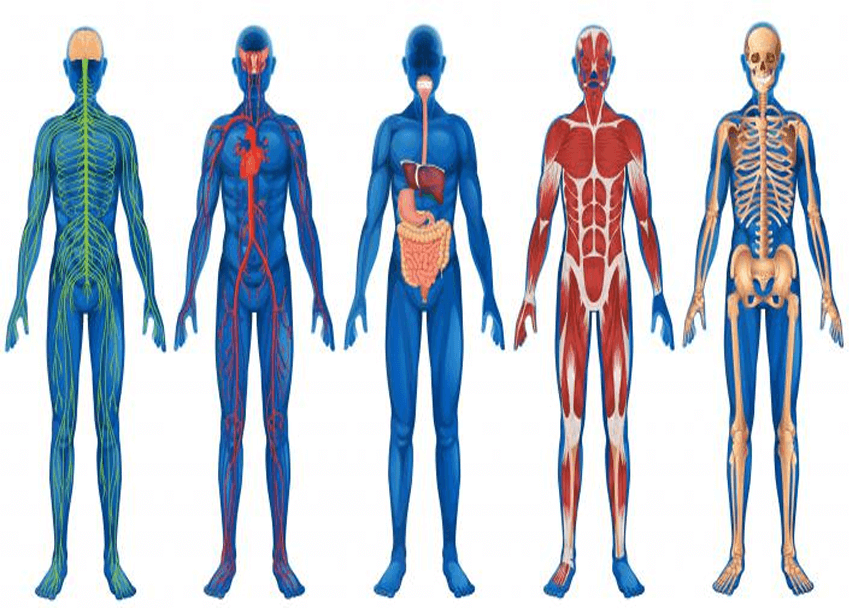3 months ago today, I started a 300 hour teacher training. So far the journey has been amazing, transformational, highly informative, and at times just a little overwhelming.
Pretty much any time I take on a new challenge I have grand intentions of journaling and recording my thoughts and reflections of that time. Also, every time I intend to journal, I don’t. I gave it the old college try and of the 16 days of in class training I have done so far I wrote down my thoughts about the first two of them. Heading off into my silent retreat portion of the training next week, I am feeling temporarily reinvigorated about the idea of recording my thoughts about this training. And since I already have these particular thoughts written, well, as they say, better late than never.
###
April 6th & 7th
This weekend I had the privilege to attend the Applied Anatomy & Physiology Intensive for Yoga Teachers with Mara Crans. Mara is incredible, and not just for her great sense of humor or the fact that she is a fellow native Philadelphian. She also shared an incredible wealth of knowledge that is informed by her medical practice. personal yoga practice, and teaching background.
I look forward to slowly passing these teachings onto you in class, but for those of you who I don’t see in class that often here are some of the things that I was most excited to learn.
Day 1: Physiology
Our first day was spent on Physiology, i.e. the mechanisms and processes that keep the body alive and functioning. (Neurologic, Endocrine, Cardiovascular, Digestive, Respiratory, Urinary, and Reproductive Systems)
We had a fantastic morning practice to start with where Mara offered a great warmup sequence that you will definitely see in class! We started with 3 different types of breath work, a fresh take on navel churning, and a standing version of the joint freeing series that I loved.
 Then we rolled through all the different systems of the body. It was a ton of information to take in so here are the parts that stood out the most.
Then we rolled through all the different systems of the body. It was a ton of information to take in so here are the parts that stood out the most.
- In today’s busy society we spend a lot more time with our sympathetic (flight or flight) nervous system activated than is healthy for the body. As someone who struggles with digestive issues, it was great to really understand how digestion and absorbtion are essentially turned off when the sympathetic nervous system is activated. You have to rest in order to digest! Doing something as simple as taking a few deep rounds of breath or spending a few minutes with the legs up the wall is a great way to activate the parasympathetic nervous system (relaxation) and get that digestion cranking.
- In the yogic tradition the Pineal gland, a small gland in the center of the brain that secretes melatonin, is known as the master gland. The bee breath, where you make a buzzing sensation with the exhalation, is said to keep the pineal gland healthy. Try adding it to your daily routine.
- Mula Bandha (the root lock) is a yogic practice of engagement that holds energy in the body. If you are familiar with the locks you will know that a full mula bandha is challenging and hard to hold for too long. You can practice a soft root lock though that has many of the same benefits and is much more manageable to maintain over the length of a practice.
Day 2: Shoulders
I am already starting to feel a little bit of information overload and we are only on the second day! The body is such an incredible system and there is so much to learn. Today we started to get into the nitty gritty of bones, muscles, ligaments, and tendons as they relate to yoga poses. We focused largely on the shoulders today.
Here are some general take aways from the day:
- Whenever you are stretching you should always be paying attention to where you feel sensation. Specifically you want to be feeling sensation in the belly or the largest part of the muscle, not at the ends of the muscle near joints. For instance, in a hamstring stretch you are looking for sensation in the center of the back of the leg. If you feel strong sensation behind the knee or near the sitz bone then you are likely starting to strain the tendon that attaches the muscle to bone and that is NOT good as tendons are not meant to stretch.
- Your body needs calcium. If you don’t have enough calcium in your diet your body will break down calcium from the bones, NOT good. Women, after they go through menopause, have a harder time building calcium stores in the body. Women in childbearing years should take calcium supplements to prepare the body for nursing or for post menopausal years.
- Shoulders are very complicated and in some ways quite delicate as the most mobile joint in the body with very thin tendons that act as their support system. Endeavor not to injure your shoulders because recovery is long and often involves surgery! Seriously though, for me this was a good reminder that if we listen to the body and don’t act from a place of ego, we are much less likely to get injured. Not getting hurt is a highly preferable state of existence in my personal opinion. Regardless of what they say, in my personal experience, what doesn’t kill you, doesn’t necessarily make you stronger.





